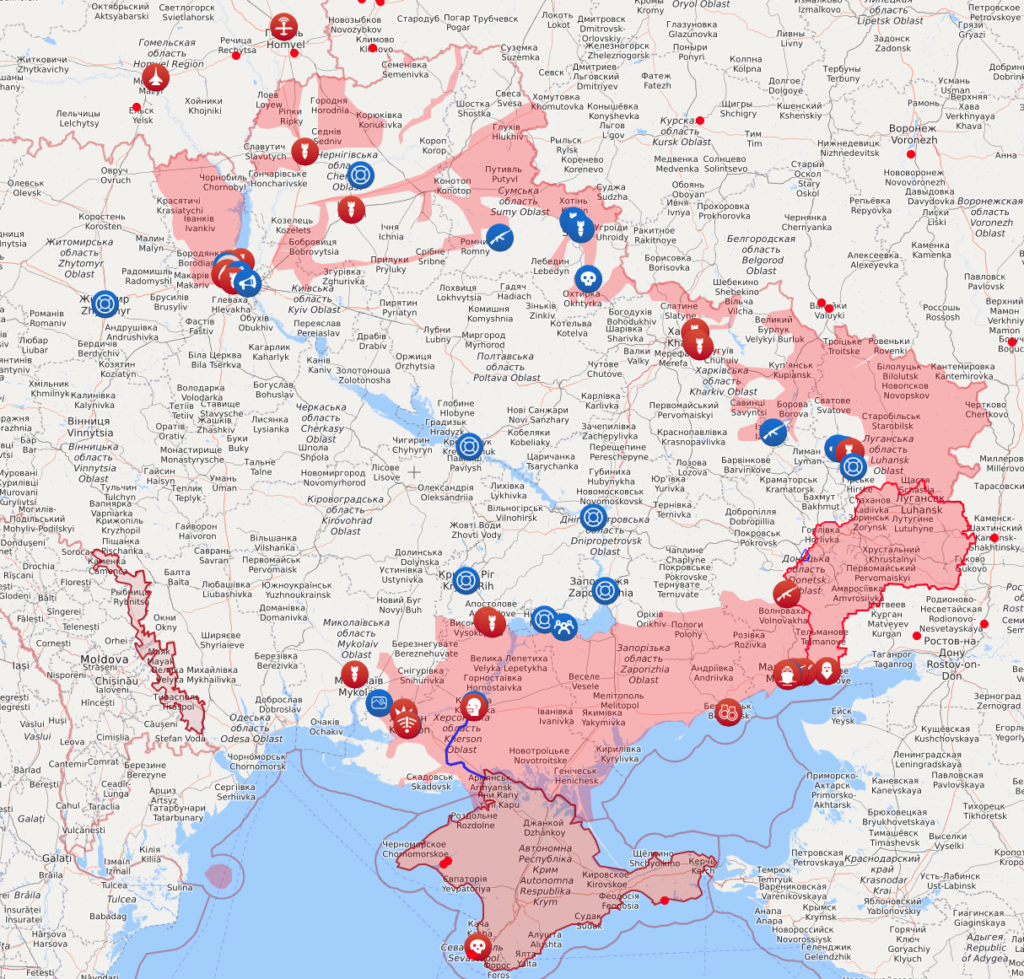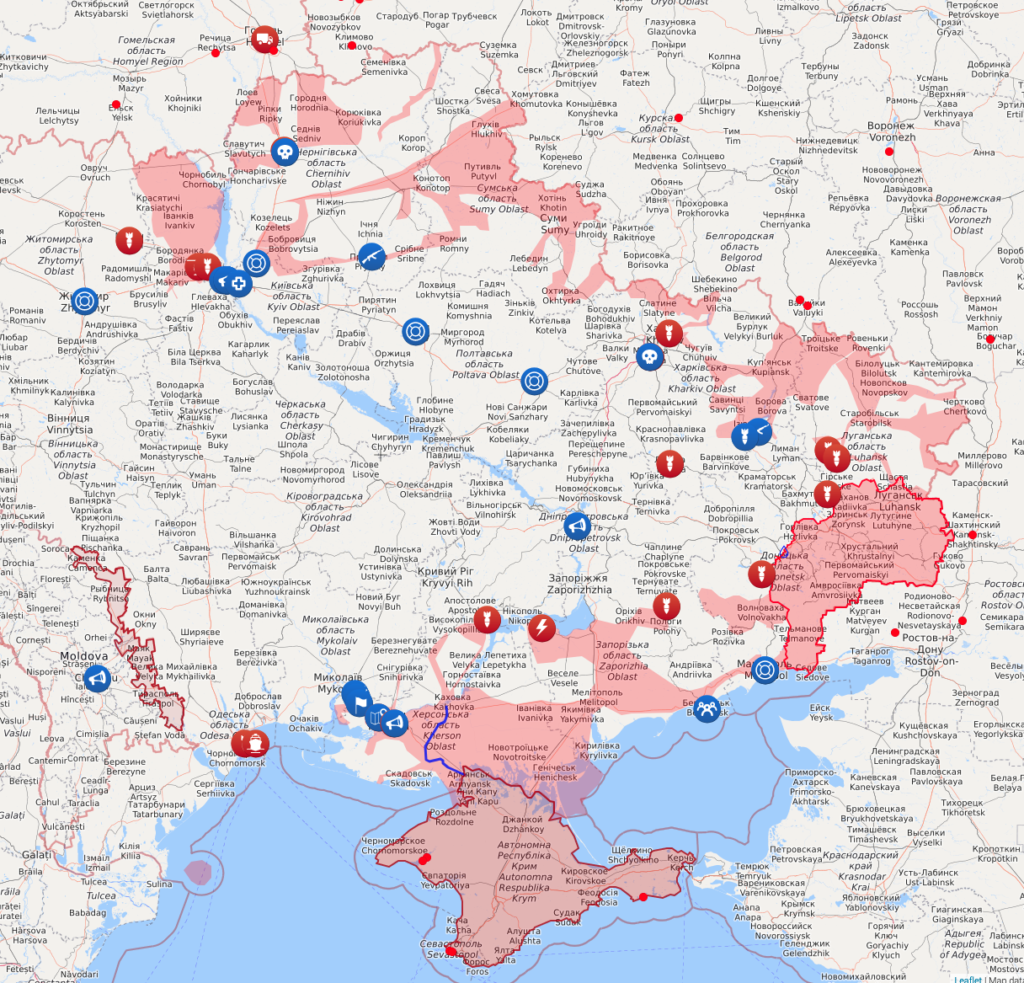There are a lot of posts on Twitter postulating a food shortage due to the Russo-Ukranian War. The reasoning goes that, on top of existing supply chain disruptions, Russia and Ukraine were big wheat exporters, and Russia is the world’s biggest fertilizer exporter.
Those are concerns, and I think there’s a real good chance of food shortages…in Russia. That’s the sort of thing that happens when you unplug yourself from the world economy. And Europe might have some disruption, given that they’re net food importers.
But I doubt we’re going to have that problem in the U.S. of A. First, our supply chain problems were started easing when vaccine mandates started getting lifted due to the dread midterm variant. Second, America makes lot of fertilizer ourselves, and Russia isn’t the exclusive source of nitrogen, phosphorus or potassium. (Though a Canadian rail strike might impact the last.) Third, capitalism has a great way of supplying substitute goods if left to its own devices.
More analysis along those lines.
On February 14, the average price of the four commodities was 15.1c per 1000 calories. By March 8, it had risen to 17.4c, an increase of 15.2%. Using the Roberts and Schlenker factor of 7, this implies a 2.2% decrease in available supply of calories. Removing 55 million metric tons of wheat and 30 million metric tons of corn entails a 2.7% reduction in available supply of calories from the big four commodities. (Here’s an Excel file containing these computations.)
So, it seems the markets are banking the world losing about three quarters of Ukrainian and Russian grain exports (2.2/2.7). Given the large increase in winter wheat prices relative to the other commodities, most of the loss is from wheat.
Traders expect this shock to last only a year. Winter wheat futures prices for delivery after July 2023 barely increased after the invasion. The same is true for corn. The spring wheat market was already tight because of last year’s drought and traders expect it to remain tight beyond 2023.
How common are market shocks of this magnitude? Russian and Ukrainian wheat exports were 7.3% of global production in 2020. Wheat production declined 6.3% in 2010, in part due to a drought that reduce Russian production by 20 million metric tons. Similarly large declines also occurred in 1991, 1994, 2003, and 2018.
From the analysis above, the observed price increases are consistent with a 2.2% decrease in available supply of calories from corn, rice, soybeans, and wheat. Similar declines occurred in 2018, in part due to drought in Argentina and lower wheat acreage in Russia, and in 2012, in part due to drought in the US.
The increase in wheat prices will not cause massive increases in the price of American bread. Most of the price of food is determined by the cost of processing, packaging and marketing. The USDA estimates that farm gate sales of food commodities made up 14% of the retail value of food in 2019. If farm prices increase by 50%, then we would expect food in the grocery store to increase by 7%.
(Hat tip: Scott Adams.)
As long as the Biden Administration doesn’t do something criminally stupid (like imposing wage and price controls to fight inflation, or a mandate that 50% of truck drivers be women), the American economy should adapt to prevent any significant food shortages due to the Russo-Ukrainian War.
Of course, government has no shortage of other ways to wreck the economy and make food scarce, and hyperinflation is one of the best…




